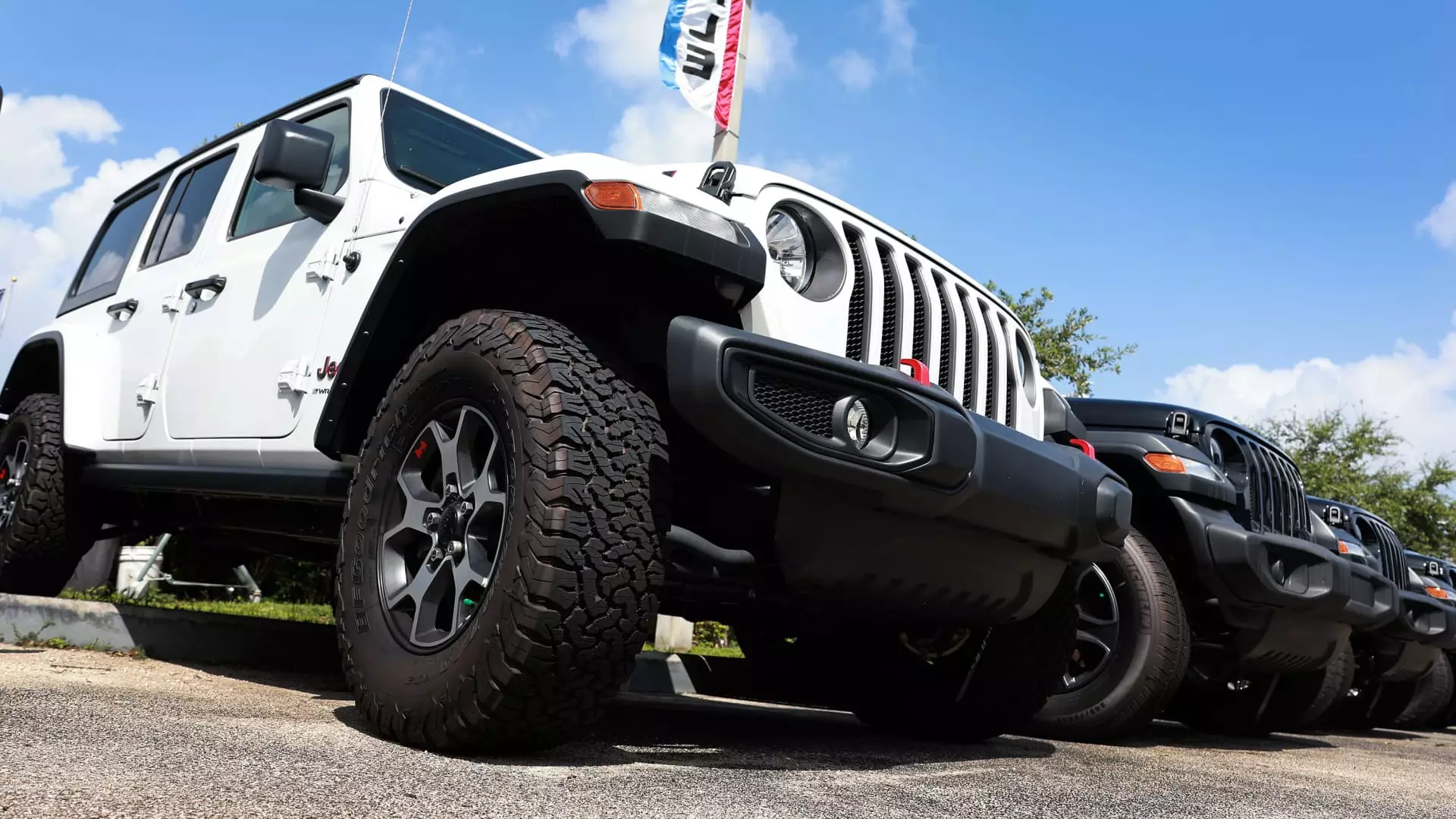The current state of the U.S. automotive market paints a challenging picture as we move beyond the third quarter of 2024. Various factors contribute to this scenario, including economic uncertainties, political instability, rising interest rates, and historically high vehicle prices. As delineated by industry pioneers like Cox Automotive and Edmunds.com, the forecast suggests a considerable dip in new vehicle sales, decreasing by approximately 2% compared to the third quarter of the previous year and about 5% from the second quarter of 2024. This decline illustrates a complex interplay of elements affecting both consumers and manufacturers.
Sales projections point toward roughly 3.9 million vehicles sold in the third quarter of 2024. Industry analysts have suggested that affordability remains a critical stumbling block stifling consumer demand for new vehicles. The recent decision by the Federal Reserve to cut interest rates could hint at restoring some market stability; however, it is pivotal to recognize that easing these rates does not automatically translate to increased auto sales. Charlie Chesbrough, the senior economist at Cox Automotive, emphasizes that 2024 has already proven to be tumultuous for the auto market and anticipates that volatility will persist into the fourth quarter.
Cox and Edmunds have adjusted their forecasts for light-duty U.S. vehicle sales to around 15.7 million for 2024, with Cox revising its original prediction down from 16 million. This downward adjustment signals a more cautious approach as both firms struggle to reconcile rising costs with evaporating consumer purchasing power.
Affordability issues dominate the narrative surrounding the current automotive landscape. As consumers average financing amounts of about $40,000 for new cars, the question looms large: Who can realistically afford these prices? Jessica Caldwell, head of insights at Edmunds, underlines the stark reality that the market is increasingly limiting for many potential buyers. This sentiment echoes strongly within segments of the population disillusioned by exorbitant vehicle costs and uncertain economic conditions.
To contextualize the environment, the average transaction price for new vehicles hovers at an astounding $47,870. Though this figure has declined from last year, it remains substantially higher than historical averages. The overarching implication here is that consumers are being forced to navigate a financial landscape that feels increasingly inaccessible.
Despite the overall downturn, some manufacturers are expected to chart divergent paths. Projections indicate that Honda Motor and Ford will likely experience growth in their sales during the third quarter, while Stellantis, Toyota Motor, and BMW are poised for considerable losses. Stellantis, notably, faces a forecasted 21% drop in sales, suggesting a troubling trend for the automaker. CEO Carlos Tavares’s focus has shifted to prioritizing pricing and profitability over market share, a strategy that has often left Jeep and Ram brands struggling for attention.
Meanwhile, it’s important to note the changing dynamics within the electric vehicle (EV) market. Although sales are projected to grow approximately 8% in the third quarter, this figure belies a complex reality. Tesla, the long-standing leader in the EV space, is projected to experience a sales decline of 2.4%, resulting in a shrinking market share that could drop below the 50% threshold for the second consecutive quarter. This phenomenon reflects not only increased competition but also evolving customer preferences and the importance of incentives.
Incentives play a pivotal role in shaping consumer decisions, particularly in the realm of electric vehicles. Current forecasts suggest that incentives will represent a notable 13.3% of the average transaction price for EVs, markedly higher than the incentives available for traditional internal combustion engine vehicles. This shift reveals a keen industry understanding of the need to make EVs attractive and financially feasible for buyers, especially when faced with steep initial costs.
The ongoing challenge is ensuring the viability and accessibility of these incentives. The federal credit of up to $7,500 available for qualifying EVs underscores a governmental effort to stimulate the purchase of electric vehicles. However, it’s critical to note that not all new EVs meet the criteria, thereby limiting accessibility for a segment of potential buyers.
In summation, while the U.S. automotive market navigates through a storm of economic and political variables, it is essential for stakeholders—manufacturers, dealers, and consumers alike—to adopt a discerning perspective regarding affordability and market adaptability. The anticipated trends for the fourth quarter of 2024 will be critical, not just for assessing immediate sales figures but also for shaping the long-term future of the automotive landscape. With evolving consumer preferences and an emphasis on electric vehicles, a new paradigm is emerging, and how the industry adapts will ultimately determine its success.

